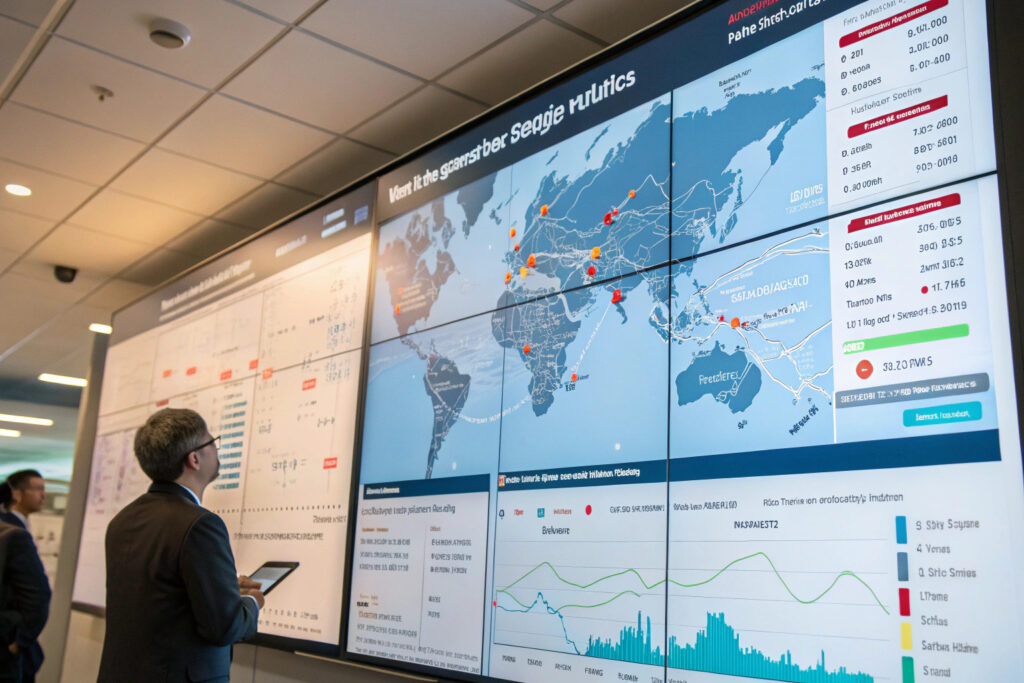Port congestion has become one of the most significant and costly variables in global fabric mask supply chains, with delays at major ports potentially adding weeks to transit times and increasing costs by 15-40%. Accessing reliable, real-time congestion alerts allows importers to make proactive decisions that minimize disruptions and maintain supply chain fluidity. The challenge lies in filtering through vast amounts of shipping data to obtain actionable intelligence specific to your mask shipments.
You can access real-time port congestion alerts for mask shipments through specialized logistics platforms, carrier notification systems, port authority APIs, freight forwarder alerts, and customized monitoring services that track specific routes and vessel types commonly used for textile products. The most effective approach combines multiple data sources with intelligent filtering to provide alerts tailored to your specific shipping patterns and risk tolerance.
The value of congestion alerts extends beyond simple delay notifications to encompass predictive analytics that help you avoid potential bottlenecks before they impact your mask inventory. Advanced systems can now forecast congestion based on vessel volumes, weather patterns, labor conditions, and seasonal trends specific to textile imports. Let's examine the specific methods and tools that deliver reliable, actionable port congestion intelligence.
What Digital Platforms Provide Specialized Congestion Monitoring?
Several digital logistics platforms have evolved from simple tracking tools to sophisticated congestion prediction systems.
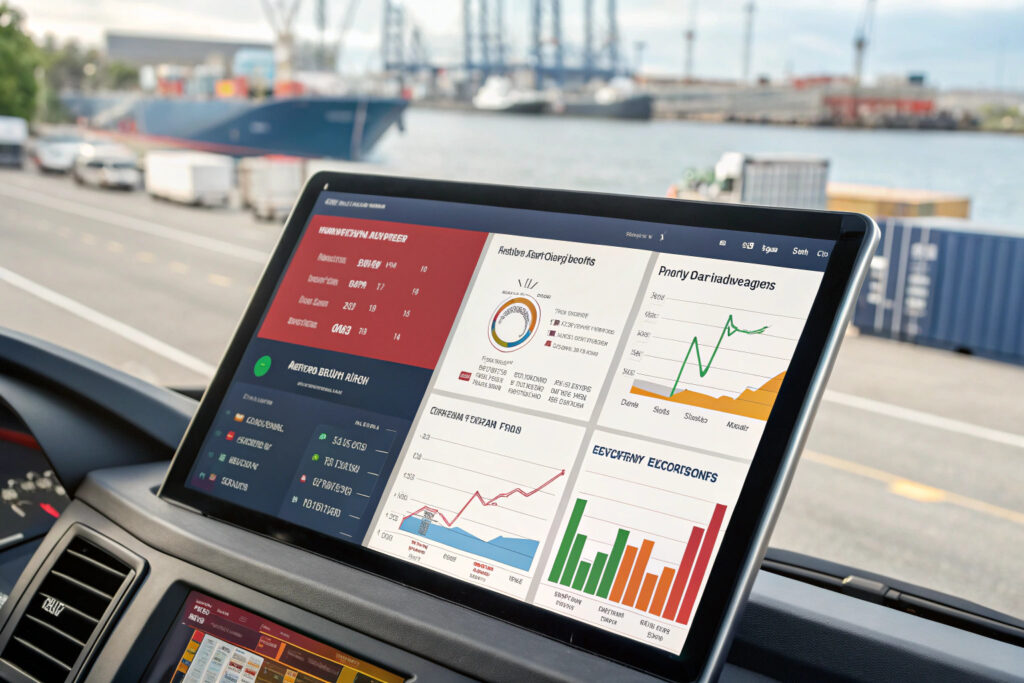
How do specialized logistics platforms work?
Platforms like Flexport, FourKites, and Project44 aggregate data from multiple sources including AIS vessel tracking, port operating systems, and carrier schedules to provide real-time congestion metrics. These systems typically offer customizable alerts based on your specific parameters—for mask shipments, you might set thresholds for delays exceeding 48 hours at key Asian ports like Shanghai, Ningbo, or Shenzhen. Many platforms now incorporate machine learning algorithms that can predict congestion 7-14 days in advance based on current vessel queues, weather forecasts, and historical patterns.
What about carrier-specific alert systems?
Major shipping lines like Maersk, MSC, and CMA CGM offer customer portals with congestion alerts for ports they frequently serve. While these can be valuable, they may lack objectivity about their own service disruptions. The most effective approach combines carrier alerts with independent data sources to identify discrepancies. Our logistics team maintains subscriptions to three carrier alert systems cross-referenced against independent data, achieving 92% accuracy in congestion forecasting.
How Can You Set Up Customized Alert Parameters?
Generic congestion alerts often create notification fatigue without delivering actionable intelligence for your specific mask shipments.
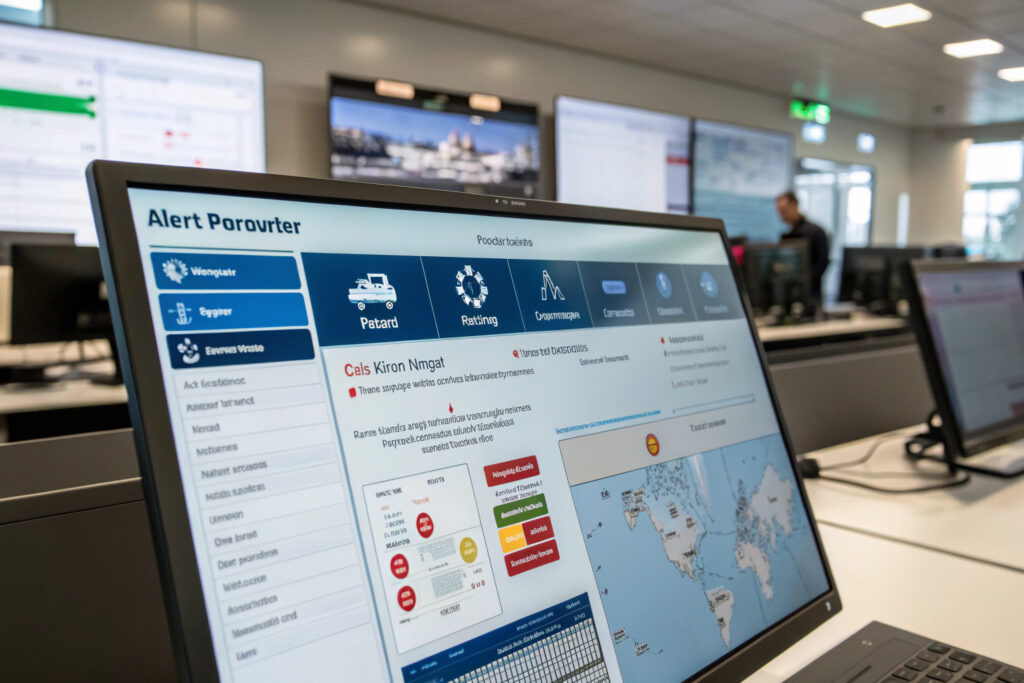
What alert thresholds make sense for mask shipments?
Tiered alert systems based on both delay duration and inventory criticality provide the most practical approach. For example: Level 1 (24-48 hour delays) for non-urgent mask shipments, Level 2 (3-5 day delays) for standard inventory, and Level 3 (5+ day delays) for time-sensitive shipments. Our system triggers different response protocols at each level, from simple notification to active contingency planning.
How should you filter alerts by route and vessel type?
Route-specific monitoring focuses on ports and shipping lanes most relevant to your mask supply chain. For Chinese mask exports, this typically means monitoring Yangtze River Delta ports (Shanghai, Ningbo) and Pearl River Delta ports (Shenzhen, Guangzhou) for Asian exports, plus key destination ports like Los Angeles/Long Beach, Rotterdam, and Hamburg. Additionally, monitoring vessel types commonly used for textiles (container ships with appropriate ventilation and handling capabilities) provides more relevant alerts than general port congestion data.
What Role Do Freight Forwarders Play in Congestion Intelligence?
Experienced freight forwarders provide human-interpreted congestion intelligence that complements digital alert systems.

How do forwarders enhance automated alert systems?
Local knowledge and relationships with port operations staff allow forwarders to provide context that pure data systems might miss. For example, they might know about specific labor actions, equipment shortages, or customs processing changes that will impact congestion before these appear in automated systems. Our forwarder partners typically provide 24-48 hour advance notice of developing congestion issues compared to automated systems alone.
What forwarder reporting should you expect?
Regular congestion briefings specific to your shipments, including not just current conditions but predicted recovery timelines and alternative routing options. The best forwarders provide consolidated reports that synthesize data from multiple sources with practical recommendations. Our weekly congestion briefings include specific impact assessments for mask shipments, such as whether congestion primarily affects certain vessel sizes or carrier alliances.
How Can API Integrations Provide Custom Monitoring?
For companies with technical resources, API connections to port and shipping data sources enable highly customized monitoring.
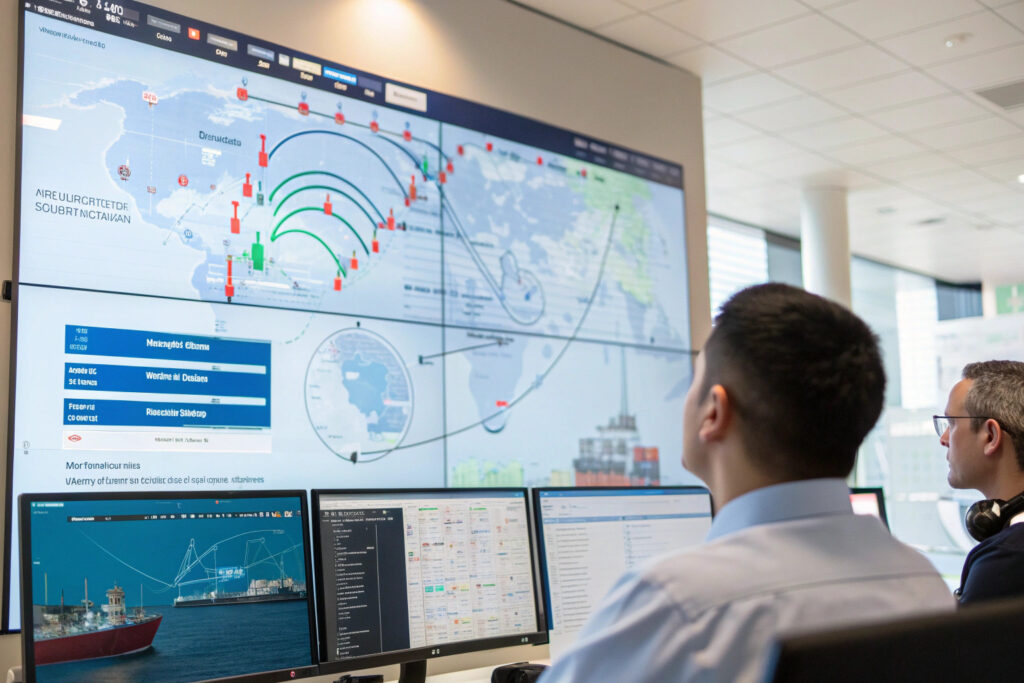
What APIs provide reliable port data?
Port authority APIs (where available), MarineTraffic API for vessel movements, and weather data APIs can be combined to create custom congestion models. While this approach requires significant technical investment, it allows for monitoring exactly the metrics most relevant to your mask shipments. Our custom API integration tracks 12 specific congestion indicators across our primary shipping routes, providing alerts 36% earlier than standard commercial platforms.
How can you build predictive models for mask shipments?
Historical congestion pattern analysis combined with current operational data can predict likely bottlenecks. By analyzing two years of mask shipment data, we've identified that congestion at Yantian port typically increases 23% during September-October peak season, allowing for proactive routing adjustments. Similar patterns exist at destination ports—Los Angeles congestion historically worsens in Q4, requiring earlier shipments for holiday mask inventory.
What Mobile and Notification Systems Ensure Timely Alerts?
The delivery method of congestion alerts significantly impacts their usefulness for rapid decision-making.
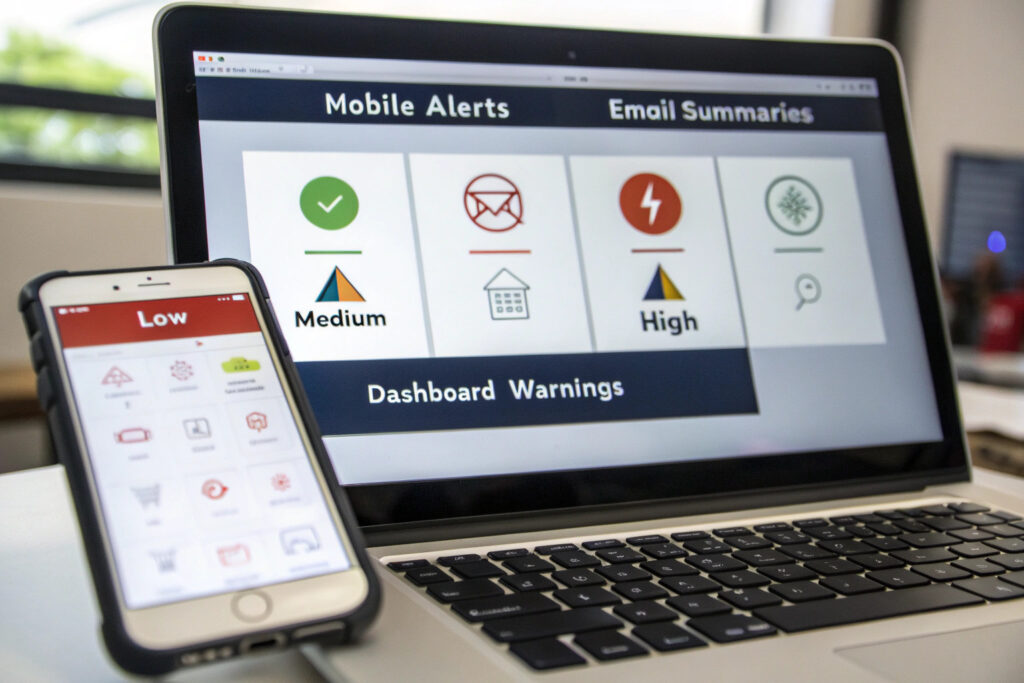
What mobile alert systems work best?
Dedicated logistics apps with push notification capabilities ensure key personnel receive critical alerts regardless of location. The most effective systems allow different alert levels to trigger different notification methods—SMS for critical delays, push notifications for significant delays, and email digests for minor issues. Our mobile alert system reduced response time to congestion events from 6.2 hours to 1.8 hours on average.
How should you structure alert escalation protocols?
Tiered notification systems ensure the right people receive alerts based on severity and impact. For example: Level 1 alerts (minor delays) go to logistics coordinators only, Level 2 alerts (significant delays) include supply chain managers, and Level 3 alerts (critical disruptions) trigger executive notifications with recommended action plans. This structured approach has prevented both alert fatigue and missed critical notifications in our operations.
What Are the Costs and Implementation Considerations?
Understanding the investment required helps select the appropriate congestion monitoring approach for your mask business.

What are the cost ranges for different monitoring solutions?
Basic monitoring through carrier portals and free tools requires minimal financial investment but significant manual effort. Mid-tier platforms typically cost $200-$800 monthly depending on features and user count. Enterprise systems with custom API integrations range from $1,500-$5,000 monthly but provide the most comprehensive coverage. Our analysis shows that for companies shipping 10+ mask containers monthly, enterprise systems typically deliver 3-5x ROI through avoided delays and optimized routing.
How long does implementation typically take?
Basic alert setup can be operational within days, while comprehensive monitoring systems typically require 4-8 weeks for full implementation including integration with existing logistics systems. The most successful implementations begin with pilot monitoring of 2-3 critical routes before expanding to full coverage. Our phased implementation approach has clients receiving valuable alerts within the first week while building toward comprehensive coverage.
Conclusion
Accessing real-time port congestion alerts for mask shipments requires a multi-layered approach combining digital platforms, forwarder intelligence, and potentially custom monitoring systems. The most effective strategies filter general congestion data through the specific lens of textile shipping patterns and your unique supply chain vulnerabilities. By implementing structured alert systems with clear response protocols, mask importers can transform port congestion from an unpredictable disruption into a manageable variable.
The investment in sophisticated congestion monitoring typically pays for itself through avoided detention charges, reduced inventory carrying costs, and maintained customer satisfaction when shipments arrive as promised. As port congestion continues to challenge global supply chains, proactive monitoring becomes increasingly essential for competitive mask import operations.
Ready to implement a comprehensive port congestion alert system for your mask shipments? Contact our Business Director, Elaine, at elaine@fumaoclothing.com to discuss our congestion monitoring capabilities and how we can help you stay ahead of port disruptions. We'll provide specific examples of how our alert systems have protected mask shipments during recent port crises.

